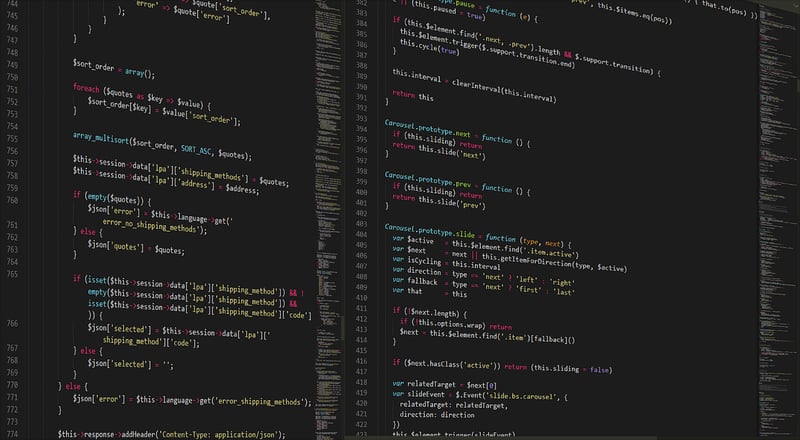Time Loops
Navigating Time Complexities and Time Loops
Understanding time complexities and loops is essential for writing efficient code. Let's dive into a guide to help you navigate through time complexities and how loops impact them.
What are Time Complexities?
Time complexity is a way to represent the amount of time an algorithm takes concerning the size of its input. It helps analyze the efficiency of algorithms by estimating the worst-case scenario in terms of time required to run.
Common Time Complexities
Here are some common time complexities:
- O(1) - Constant Time
- O(log n) - Logarithmic Time
- O(n) - Linear Time
- O(n log n) - Linearithmic Time
- O(n^2) - Quadratic Time
- O(2^n) - Exponential Time
Time Complexity Examples
Let's consider an example where we have an array of size n and want to find a specific element:
- Linear Search: O(n)
- Binary Search: O(log n)
Understanding Loops and Time Complexity
Loops play a crucial role in the time complexity of algorithms. The number of iterations directly affects how the time complexity scales with the input size.
Loop Examples
Here are some common loop structures and their time complexities:
- For Loop: O(n)
- Nested For Loop: O(n^2)
- While Loop: Depends on the condition
Optimizing Time Complexities
To optimize time complexities, consider the following:
- Avoid nested loops where possible.
- Use efficient data structures like hash tables or sets.
- Opt for algorithms with lower time complexities when feasible.
By understanding time complexities and how loops impact them, you can write more efficient and scalable code.

Keep practicing and analyzing your code to master the art of optimizing time complexities!
